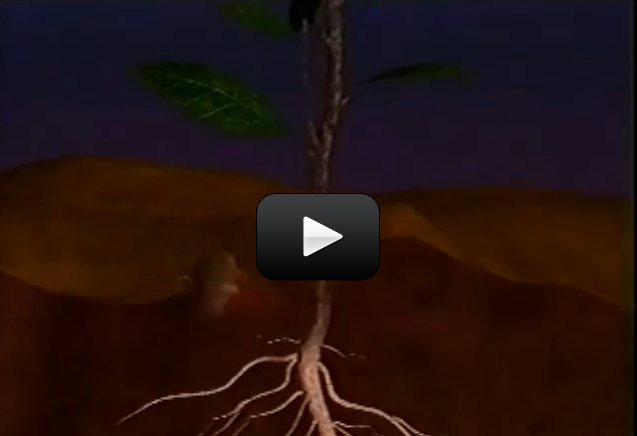When we think about the parts of plants, we often thing about stems, leaves, seeds, or flowers. Many plants have these parts. However a plant does not need to have any of these parts to be considered a true plant. So, instead of talking about parts that all plants have, we’ll talk about parts that some plants have. Then, as we talk about different groups of plants, we’ll talk about which parts they do or do not have.
Many plants have a waxy layer called a cuticle. The cuticle helps keep water in the plant, and prevents water loss. However, the cuticle also keeps gases from entering or exiting the plant.
This is a pretty big problem, when you think about how important photosynthesis is in plants. Remember that in photosynthesis, carbon dioxide has to come in and oxygen has to go out. So, plants have small openings called stomata. Stomata can open when the weather is cool to allow gases in and out. When the weather is hot, stomata close up, conserving water and keeping it from escaping.
Please login or register to read the rest of this content.


wow i never knew a leaf was so complicated 🙂
Sophia